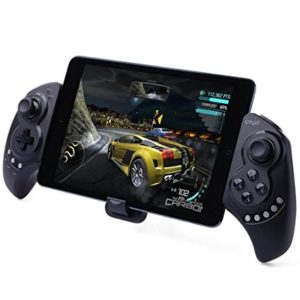

Then it will show you all the shaders ticked. Downloading all the standard ReShade shaders. You’ll need an internet connection for this. It will then ask you to confirm downloading a bunch of preset shaders – click “Yes” to this. Selecting the game executable you want ReShade to be applied to If you do select a Direct X option and ReShade doesn’t appear in game, go back and try another rendering option. Any game newer than about 2007 should support Direct x 10, but for older games you’ll want to select Direct x 9. ReShade will try and detect the appropriate renderer (Direct x 9, Direct x 10+ or OpenGL). Browse to the game folder and click on it. Load the application and this will ask you to select the game executable you want to tweak.
#How to uninstall reshade reddit pubattlegrounds install#
Once downloaded, install ReShade and you’ll have a executable file you can run. This excellent shader application does mainly use the GPU for its processing power so allow for 15% approximately increased overhead on your GPU. There is minimal tweaking required, and you can easily uninstall ReShade for each game you apply it to. Setting up ReShade for a game just involves a few steps and you’ll be up and running in 3D and other impressive effects in no time. Adding this 3D effect will work without a VR headset if you are still using some other form of 3D, or your monitor or TV supports native 3D.

I was not disappointed with the results, and on the Quest with Virtual Desktop the results are extremely impressive. When I picked up my Oculus Quest, and using Virtual Desktop, the first thing I wanted to do with some of my classic 2D games was convert them to 3D. ReShade has been around for a while now, and with every new version (currently 4.30) it just amazes me how well it improves most 2D games by adding some great depth.


 0 kommentar(er)
0 kommentar(er)
